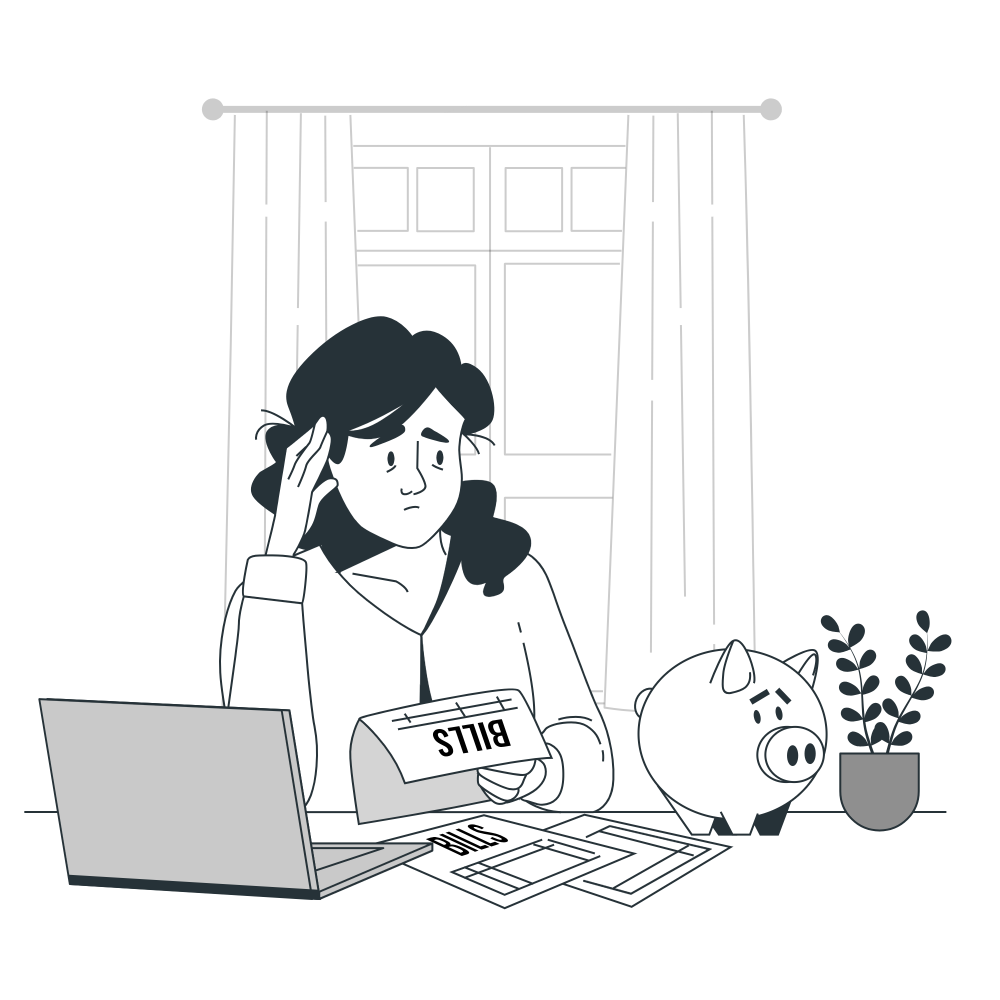What is Dirty Price?
The dirty price of a bond is the price that includes accrued interest since the last coupon payment. It is the actual price paid by the buyer.
Example of Dirty Price
A bond with a clean price of $1,000 and $50 of accrued interest has a dirty price of $1,050.
How To Calculate Dirty Price
Dirty Price = Clean Price + Accrued Interest
- Special Tip: Always consider the dirty price when buying or selling bonds to understand the total amount paid or received.
Rephrase with Ginger (Ctrl+Alt+E)
- Advantages
- Provides a more accurate reflection of the bond’s cost.
- Includes all interest accrued, giving a clearer financial picture.
- Disadvantages
- Can be confusing compared to the clean price.
- Requires calculation of accrued interest.
FAQs
What is the difference between dirty price and clean price?
The clean price excludes accrued interest, while the dirty price includes it.
Why is it called the dirty price?
Because it includes accrued interest, making it less “clean” or straightforward.
How does accrued interest affect the dirty price?
Accrued interest increases the dirty price.
Is dirty price used for all types of bonds?
Yes, it is applicable to all bonds with periodic interest payments.



